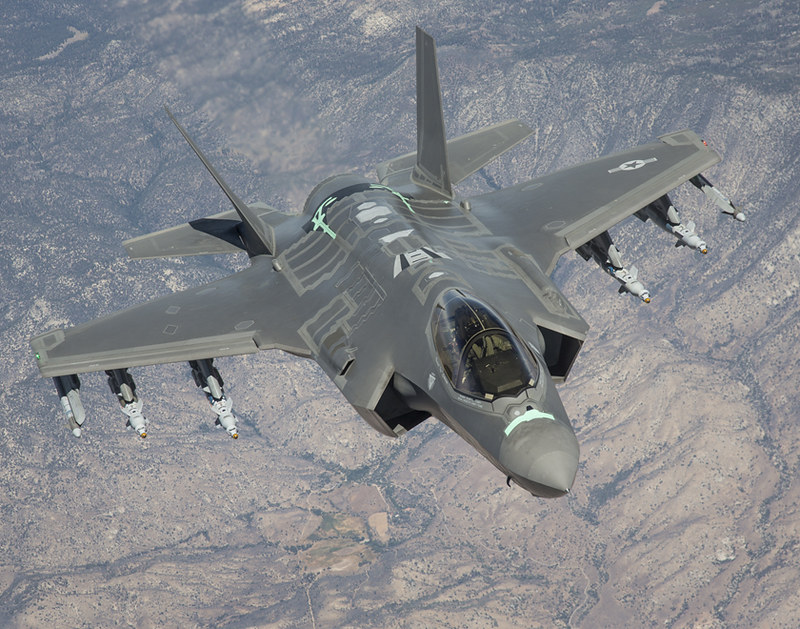
Russia’s war industry is entering 2025 with a production strategy that balances post-Cold War concepts of mass production with high-tech missile and aerospace capabilities. The Ukrainian military intelligence has published in-depth figures showing a year of unrivaled production for numerous categories of arms, representing Moscow’s preparation not only for the ongoing war in Ukraine but for a possible confrontation with NATO later in this decade.

1. Expansion of Fighter Jet Fleet
Russia plans to produce 57 new fighter planes in 2025, including the Su-57, Su-35, Su-34, and Su-30, as stated by Major General Vadym Skibitskyi. The Su-57 is Russia’s fifth-generation stealth fighter with radar-absorbent materials, thrust-vectoring engines, and cutting-edge avionics for air superiority and strike purposes. While production quantities remain low compared with Western forces, low observability and sensor fusion of the Su-57 make it a key pillar of Russian long-term air combat doctrine. Both Su-35 and Su-34 platforms combined are reflective of twin desires for air superiority and deep-strike.

2. T-90M Tanks and Armored Power
Nearly 250 brand-new T-90M “Proryv” main battle tanks will be manufactured. The T-90M features a new turret with multilayer armor, Relikt explosive reactive armor, and drone anti-screens. Its 1,130-horsepower diesel engine and Sosna-U gunner sight allow for high-intensity battle effectiveness. Compared with the costly Armata platform, the T-90M uses proven engineering to achieve scalability, enabling Uralvagonzavod to maintain a 24-hour production rate. This approach is evocative of Soviet thinking: maximize quantity and logistical competence to a greater extent than raw technological superiority.

3. Artillery and Armored Personnel Carriers
The 2025 plan includes 1,100 BTR-3 and BTR-82A APCs and 365 new artillery pieces such as Koalitsiya, Msta, Malva, Giatsint, and Magnolia. These technologies enhance Russia’s long-duration support firepower, with Koalitsiya’s automated loading and long-range capabilities creating a huge step forward in artillery capability. Advanced targeting systems will probably be paired with UAV reconnaissance feeds to offer faster sensor-to-shooter cycles.

4. Missile Production at Scale
Russia intends to manufacture almost 2,500 precision missiles this year, including Iskander ballistic and cruise models, Kinzhal hypersonic missiles, and other advanced systems. The 500 km range and reentry vehicle maneuverability of the Iskander make it a perpetual threat to stationary targets. The Mach 10 air-launched Kinzhal pairs its speed with mid-course maneuverability to elude interception, though Ukraine has claimed successful shootdowns.

5. The Oreshnik and Hypersonic Escalation
The recent deployment of the Oreshnik intermediate-range ballistic missile was a significant escalation in tension. Developed from the RS-26 Rubezh ICBM, it is said to fly at Mach 10–11 and carries up to six warheads which each release six high-energy submunitions. Its range spans across all of Europe, and its kinetic effect is sufficient to destroy hardened bunkers several stories deep. The Kremlin has used Oreshnik as both a military strength and a psychological weapon, with state media playing up the danger of its ability to strike NATO capitals in less than 20 minutes.

6. Naval Hypersonics: The Zircon Factor
At sea, the 3M22 Zircon hypersonic cruise missile is being fitted onto vessels such as the Gorshkov-class frigate and Yasen-class submarine. Fired by a scramjet, Zircon can be kept at Mach 5–6 at altitudes of about 20 km, reducing reaction times for shipboard defenses to as little as 15 seconds. Although physical constraints such as plasma-induced sensor blackout limit its employment against mobile targets, its speed and kinetic energy make it extremely effective against fixed or hardened targets.

7. Drone Warfare and Autonomy Goals
Russia’s production of drones will expand significantly, with 79,000 Shahed-type loitering missiles projected for 2025, including 40,000 Geran-2 units. Additional manufacturing sites in Izhevsk and Yelabuga are enabling greater indigenization, wherein indigenous airframes, engines, and navigation systems substitute foreign material. The aim, as cited, is to expand unmanned systems to 40% of combat assets, a milestone that would reshape force mix and tempo of operations.

8. Strategic Missile Development Priorities
Skibitskyi explained that all Russia’s missile undertakings are directed towards three engineering goals: extended range, enhanced accuracy, and increased warhead potential. All these enhancements are motivated by the necessity to strike targets beyond Ukraine’s borders, in accordance with Moscow’s 2030 NATO conflict preparation timetable. These enhancements point to improvement in propulsion efficiency, guidance systems, and compact yet more powerful warhead design.

Russia’s 2025 production targets, from stealthy aircraft to cutting-edge armor, hypersonic missiles, and mass-produced drones, suggest a defense-industrial base resizing under sanctions with a high-volume production. Next-generation systems like Oreshnik and Zircon integrated into a force structure still anchored in scalable legacy platforms suggests a two-track approach: preparedness for long-term regional conflict while suggesting readiness for high-intensity confrontation with NATO.


